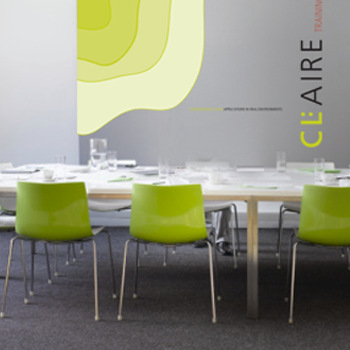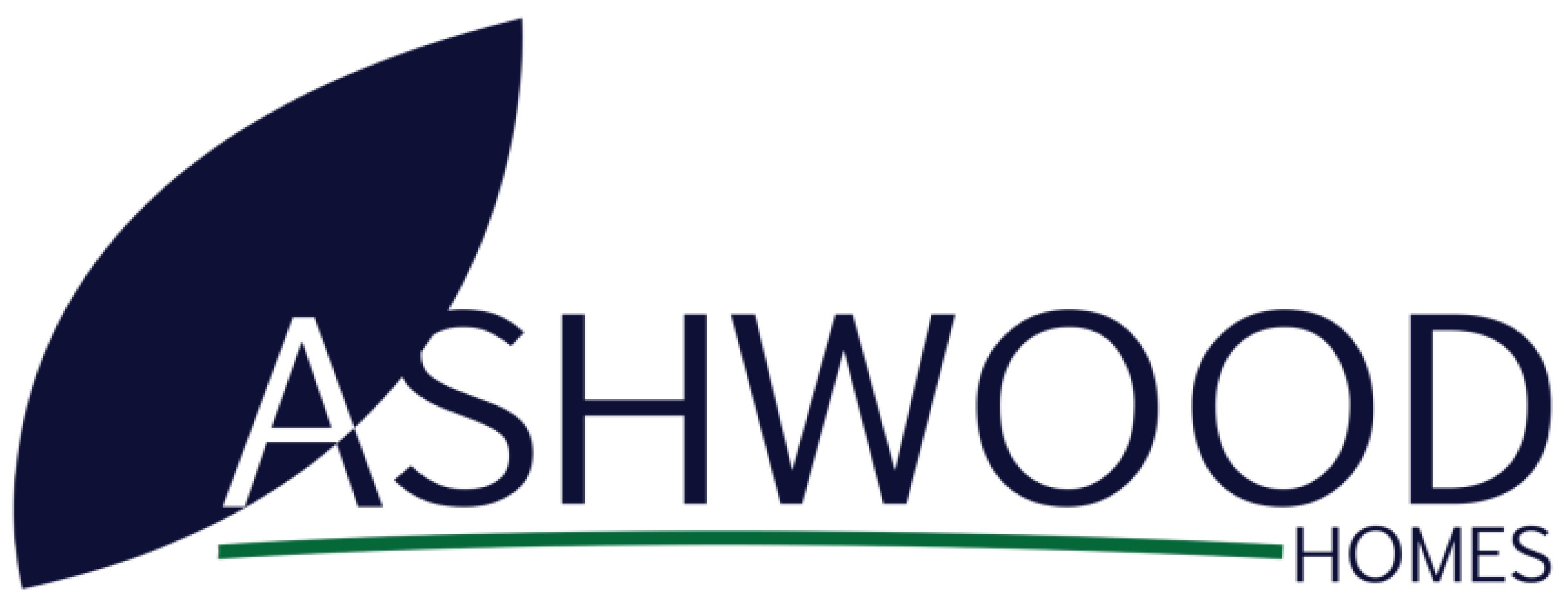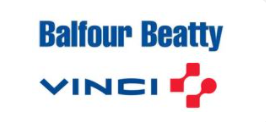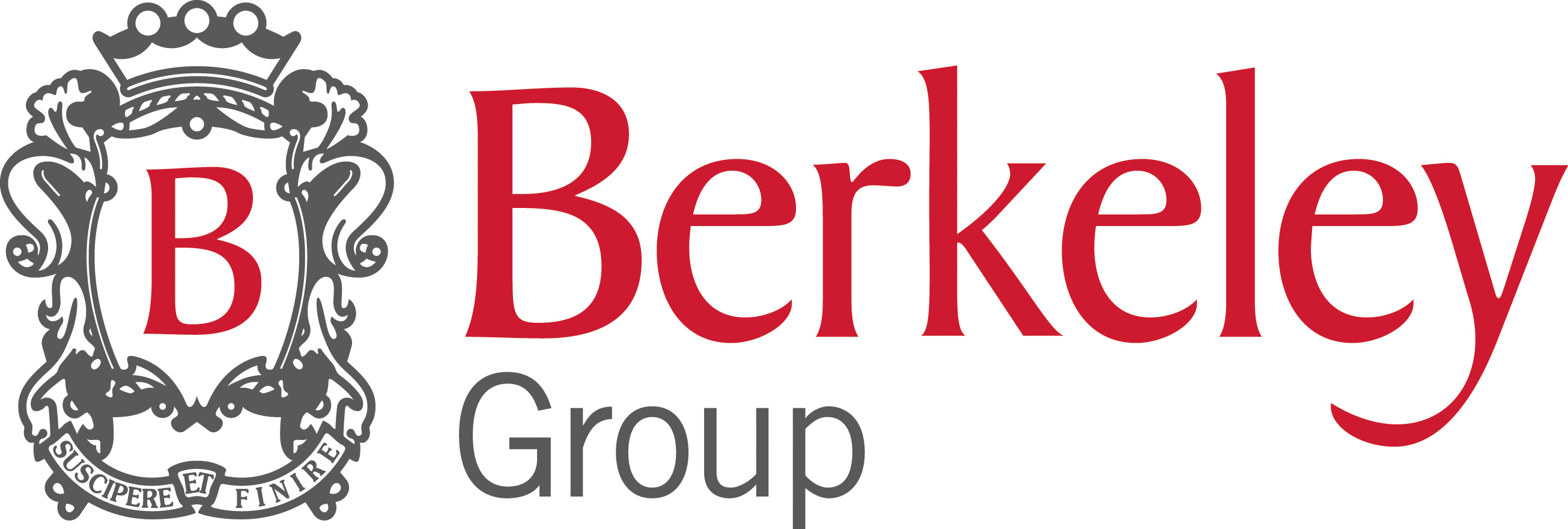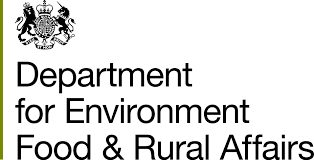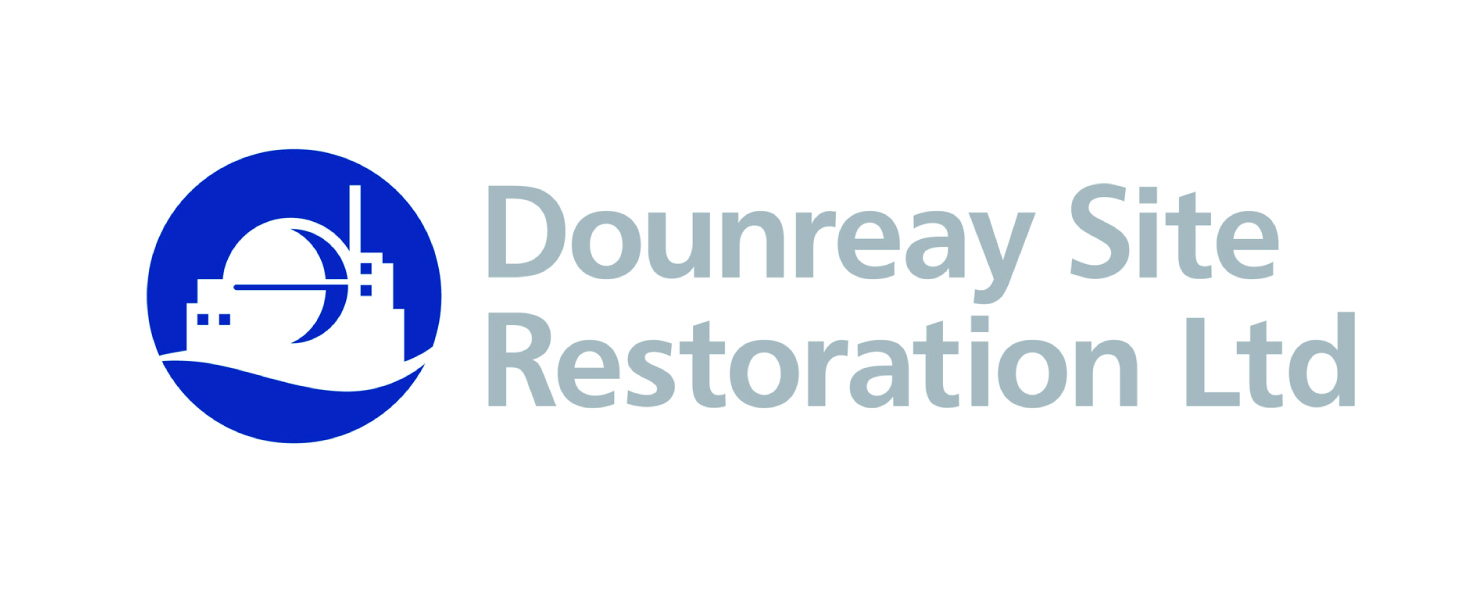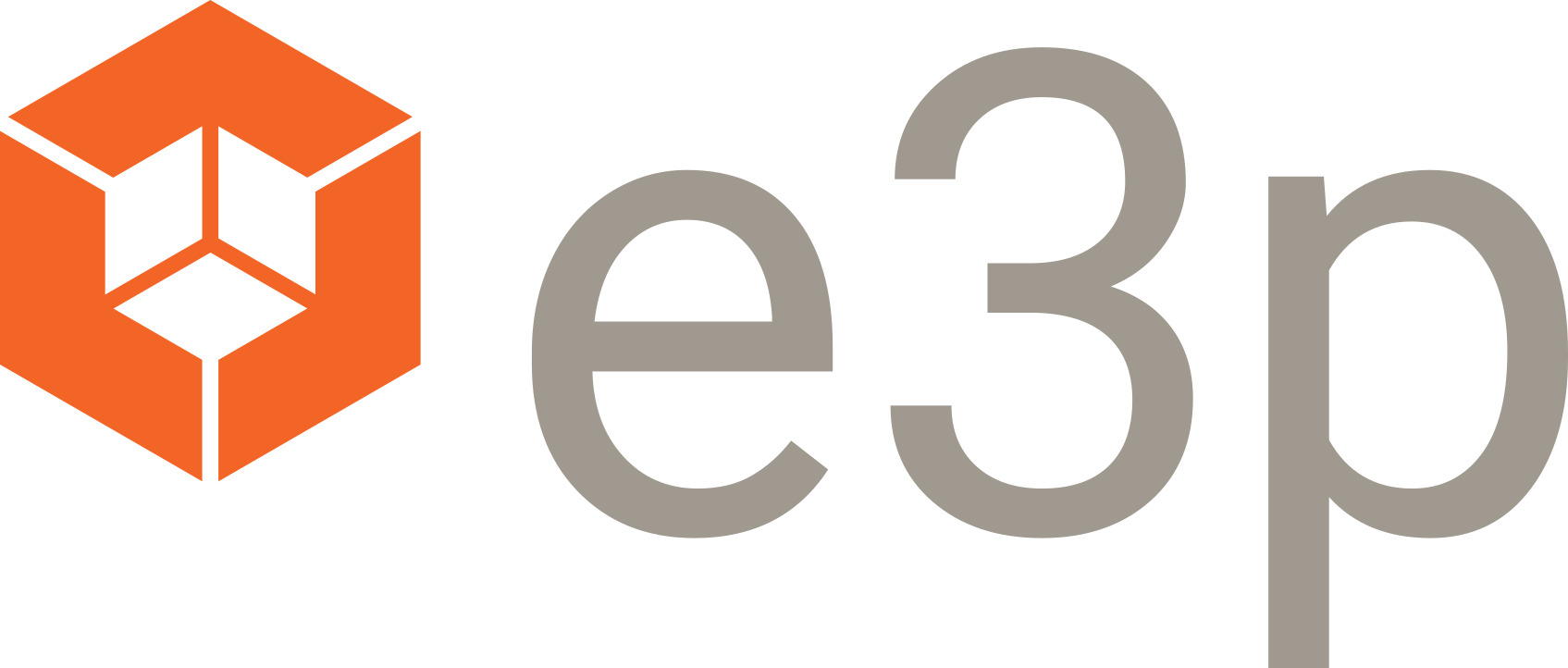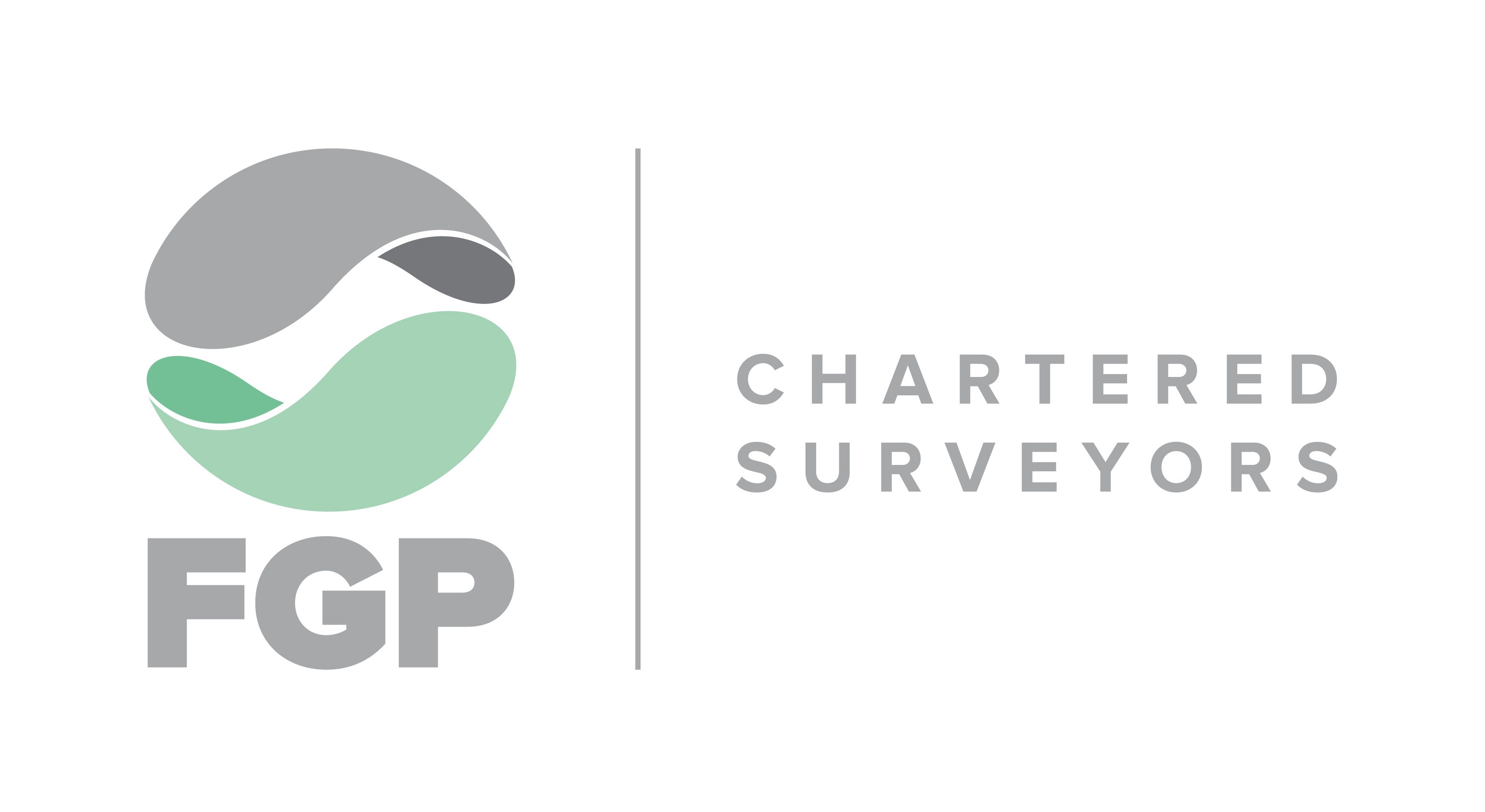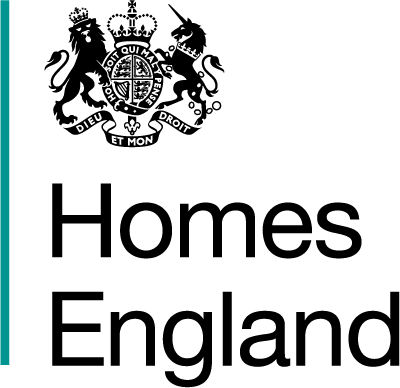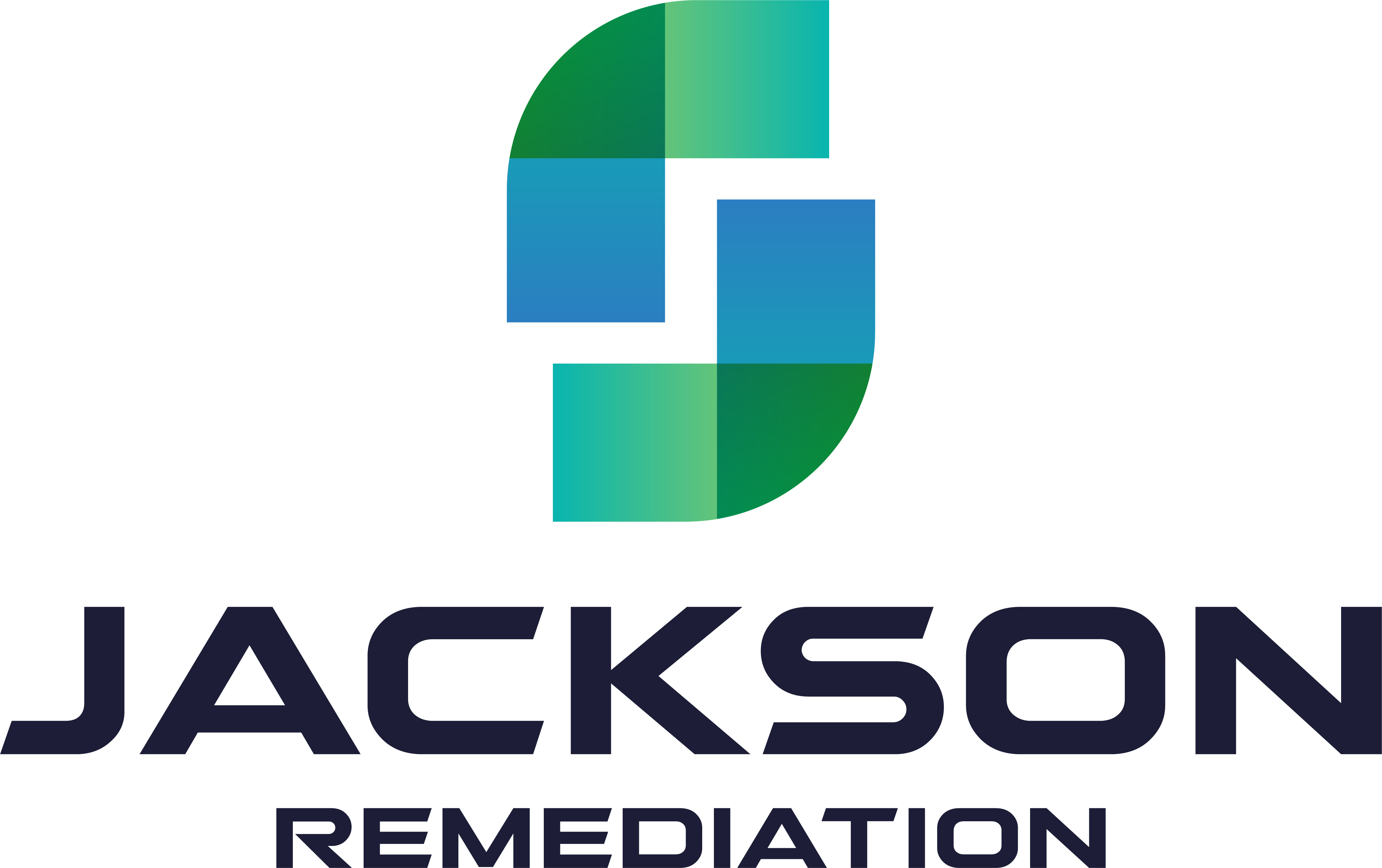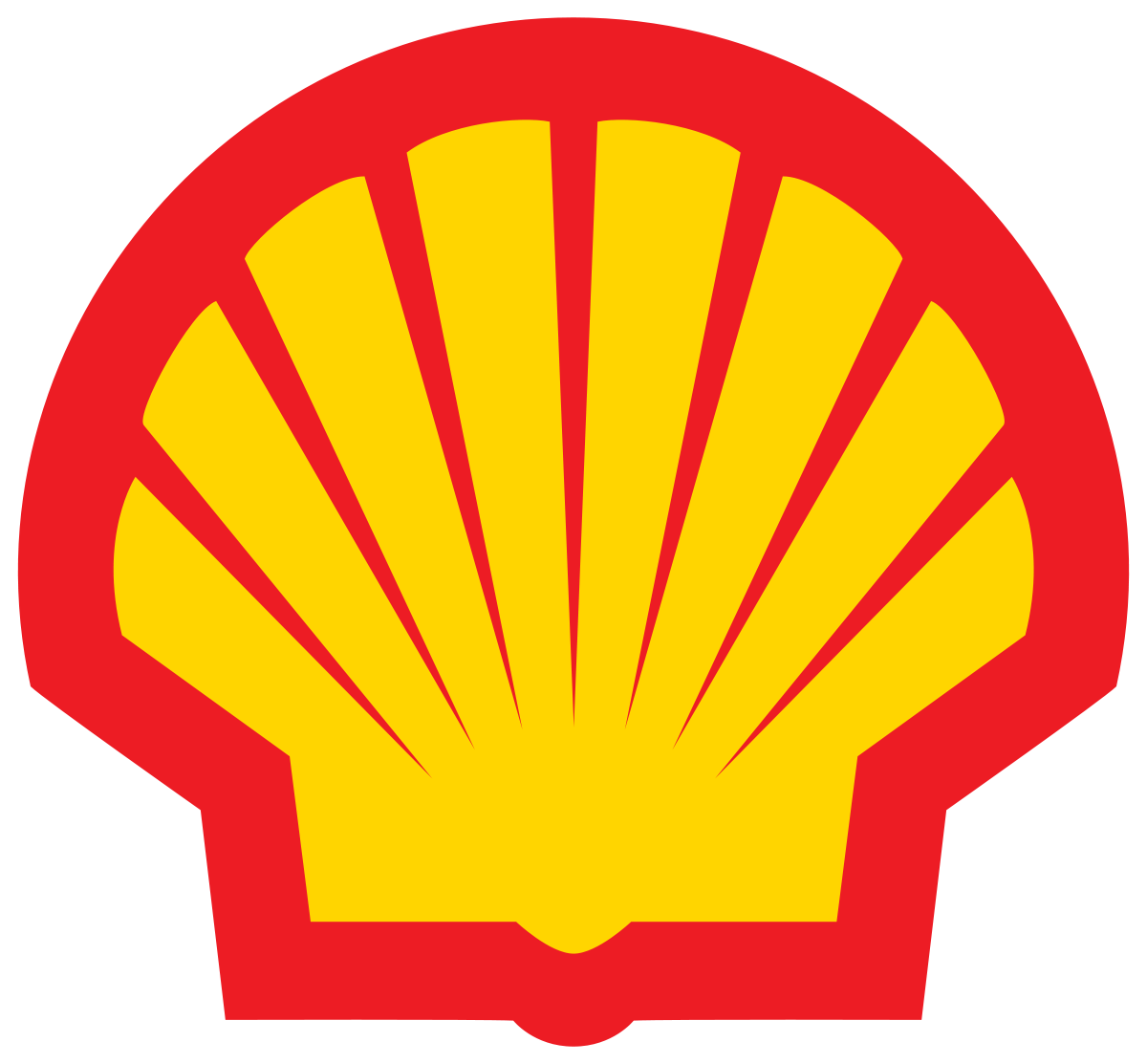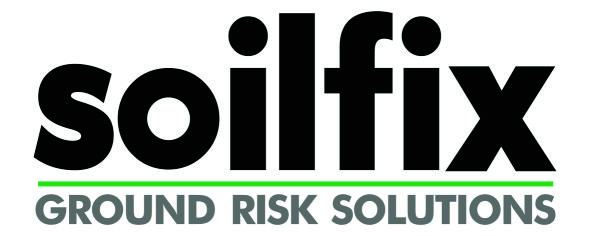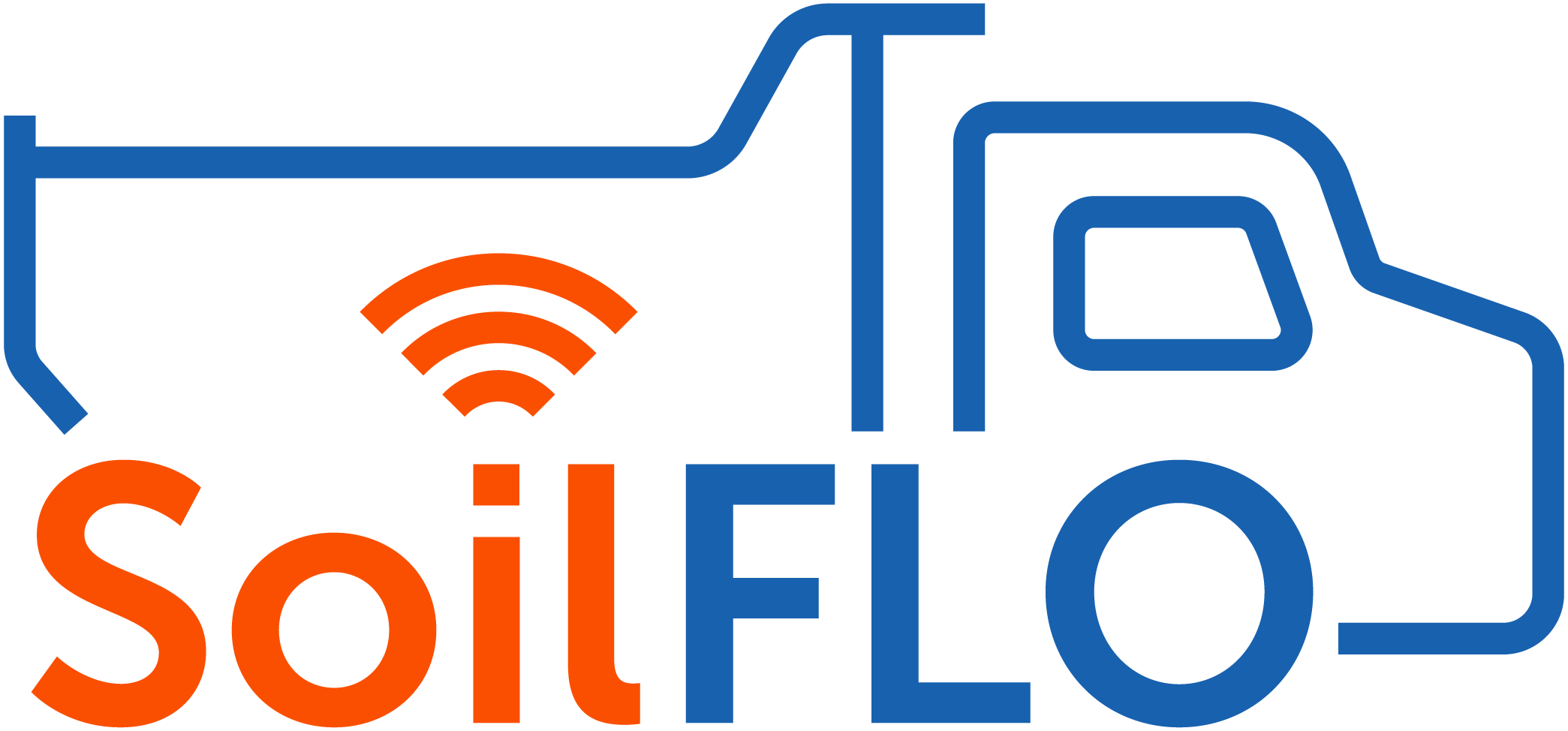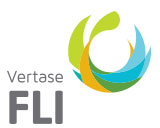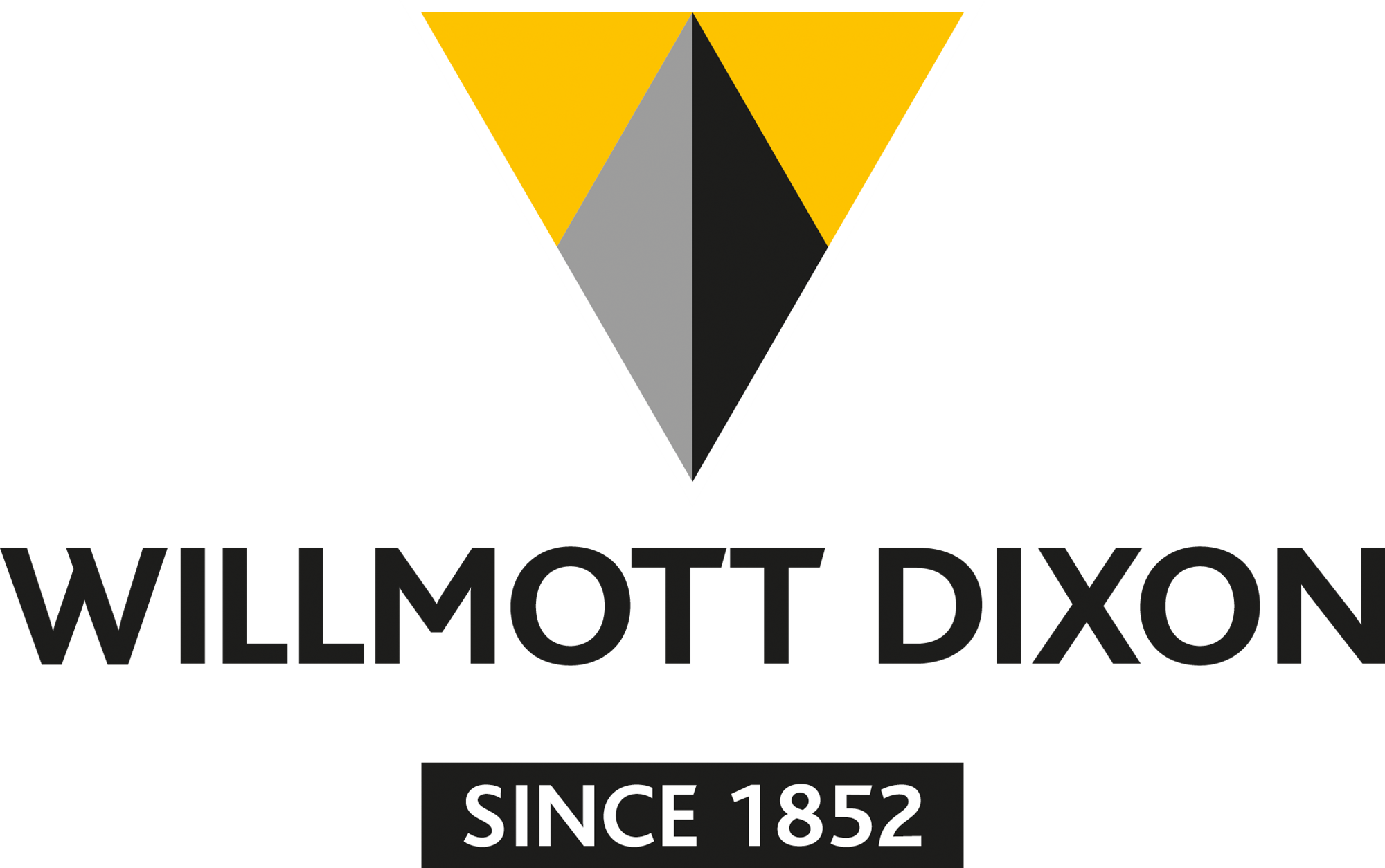The CLEA software version 1.06 is a computer version of the CLEA model.
Overview
You can use the CLEA software to:- derive generic soil assessment criteria using generic assumptions about the characteristics of contaminants and people likely to be present on site;
- derive site-specific soil assessment criteria by entering your own data on the characteristics of contaminants and people likely to be present on site and/or using a non-generic approach;
- assess whether a measured concentration in soil (and where available, measured site concentrations for contaminants within soil air, ambient and indoor air, and fruits and vegetables) would present a potential risk to human health for a particular set of circumstances;
- derive exposure factors for dioxins, furans and dioxin-like PCBs for use in deriving site-specific soil assessment criteria using our dioxins site-specific worksheets.
The handbook explains how you can do all of these things.
What are the main changes to the software?
Changes to the software between versions 1.04 and 1.06 are:
- we have added the chemical data that we have used in deriving Soil Guideline Values for arsenic, cadmium, mercury (elemental, inorganic and methyl), nickel, selenium, benzene, ethylbenzene, phenol, toluene, xylene (o-, m- and p-) and dioxins (29 congeners);
- we have revised the protection scheme in the software to allow the extraction of dioxin, furans and dioxin-like PCBs exposure factor data for use in calculating assessment criteria using the dioxins site-specific worksheets;
- we have added a residential and an allotment lifetime exposure land use by adding land use and receptor data used in the derivation of the cadmium SGV;
- we have replaced the bioaccessibility factor with the relative bioavailability factor, and the description in the software and handbook amended accordingly;
- we have corrected an error in the calculation of Exposure Duration which was one year less than it should have been for the following scenarios; ending age class equals 17 and starting age class equals 16 or less or ending age class equals 18 and starting age class equals 16 or less. This would have a minor effect on assessment criteria calculated using the CLEA software v1.04; and
- we have updated the CLEA software handbook to reflect and explain the changes to the software.
You need to make sure that you are familiar with the framework reports before you use the CLEA software. You should refer to the handbook that we have written to go with the software for additional information.
What are the PC requirements for the software?
The CLEA software uses Microsoft ® Excel. We developed the spreadsheet using Microsoft ® Excel 2003 SP1. We cannot guarantee compatibility with other versions of Microsoft ® Excel. The system requirements for Microsoft ® Excel 2003 are:
Computer and processor - Personal computer with an Intel Pentium 233-Mhz or faster processor (Pentium III recommended)
Memory - 128 megabytes (MB) of RAM or greater
Hard disk - 150 MB of available hard-disk space; optional installation files cache (recommended) requires an additional 200 MB of available hard-disk space
Drive - CD-ROM or DVD drive
Display - Super VGA (800 x 600) or higher-resolution monitor
Operating system - Microsoft Windows 2000 with Service Pack 3 (SP3), Windows XP or later
Additional recommended requirements for CLEA Software Version 1.03 beta are:
Hard disk - 10 MB of available hard-disk space (unzipped file size is 3MB)
Display - Super VGA (1280 x 768) or higher resolution is recommended

